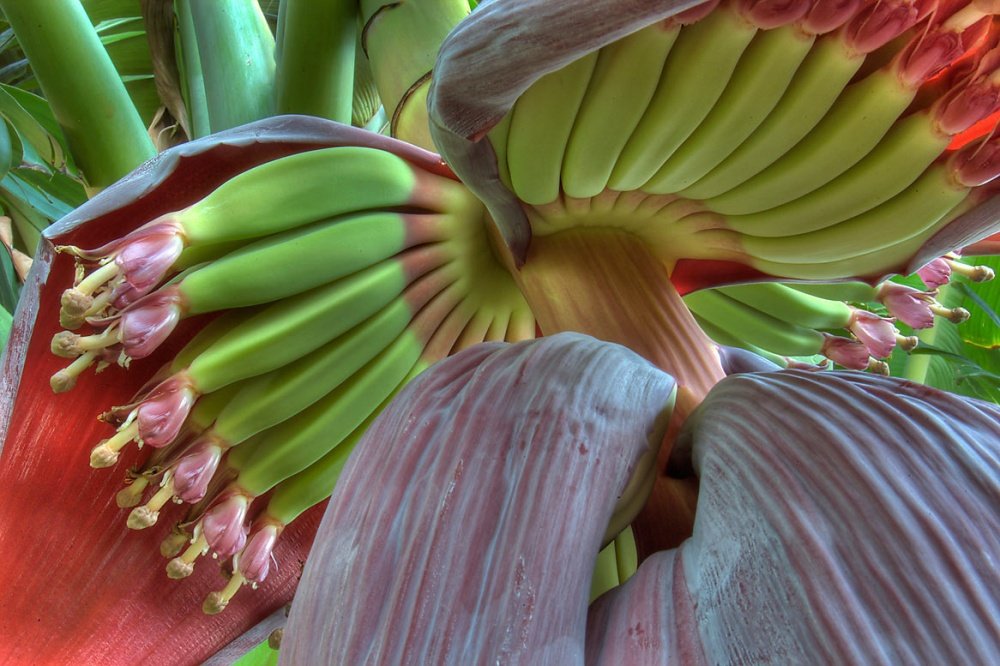Despite our familiarity with the items we buy at the grocery store, many people do not know what the process involved in cultivating some our favorite fruits and nuts is like.
Take this photo for example:

Can you guess what this is? I bet you’ve even eaten one of these today!
Click NEXT to see the answer

Related Items:agriculture, farming, food, images, photography, pictures, quiz













